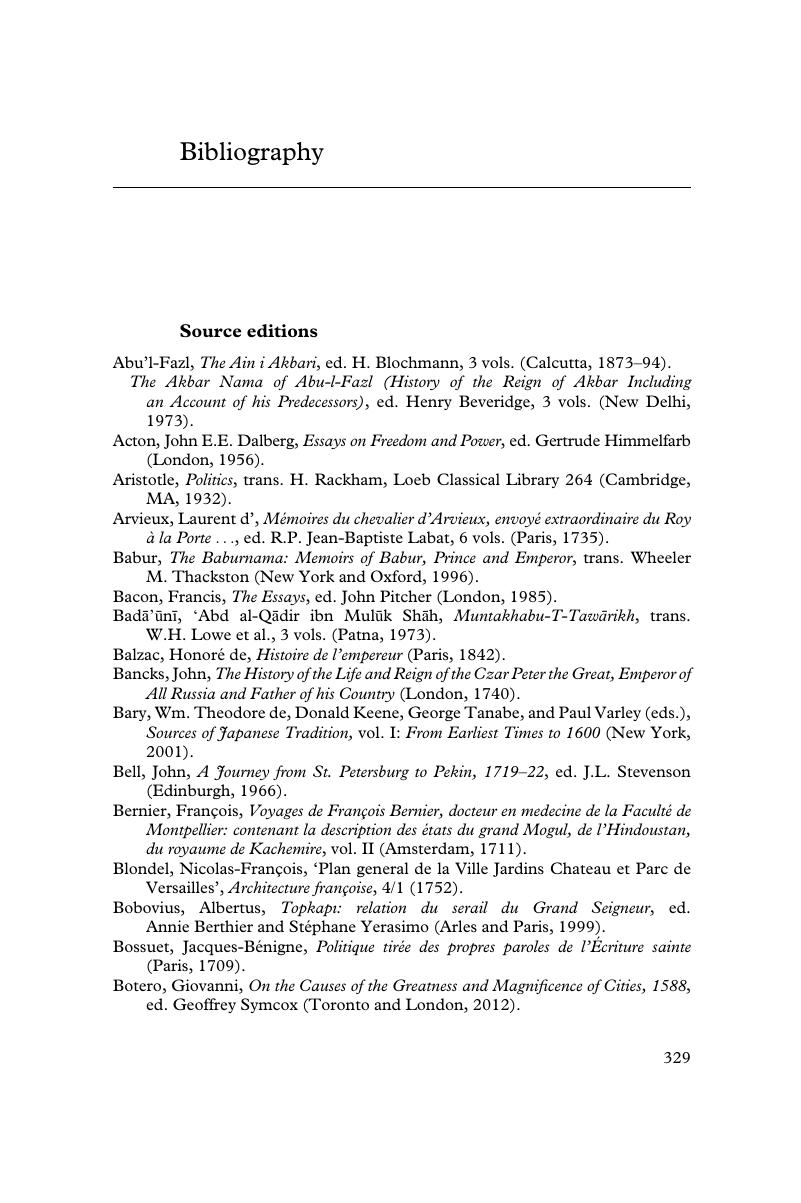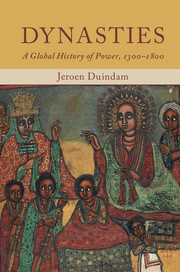Book contents
- Frontmatter
- Contents
- List of plates
- List of figures
- List of maps
- Preface
- Acknowledgements
- Maps
- Introduction
- 1 Rulers: position versus person
- 2 Dynasty: reproduction and succession
- 3 At court: spaces, groups, balances
- 4 Realm: connections and interactions
- Conclusion
- Glossary
- Bibliography
- Index
- References
Bibliography
Published online by Cambridge University Press: 05 October 2015
- Frontmatter
- Contents
- List of plates
- List of figures
- List of maps
- Preface
- Acknowledgements
- Maps
- Introduction
- 1 Rulers: position versus person
- 2 Dynasty: reproduction and succession
- 3 At court: spaces, groups, balances
- 4 Realm: connections and interactions
- Conclusion
- Glossary
- Bibliography
- Index
- References
Summary

- Type
- Chapter
- Information
- DynastiesA Global History of Power, 1300–1800, pp. 329 - 371Publisher: Cambridge University PressPrint publication year: 2015



